Direct-to-Film (DTF) printing is a popular method for creating high-quality prints on cotton-based fabrics, but can you use sublimation ink for this process? Sublimation ink is primarily designed for use on polyester fabrics, but some have attempted to use it for DTF printing with mixed results. In this article, we will explore the compatibility of sublimation ink with DTF printing and address the challenges and limitations of this approach.
Key Takeaways
- Sublimation ink is primarily designed for use on polyester fabrics.
- Using sublimation ink for DTF printing may not provide the same level of performance and reliability as using traditional DTF inks.
- Factors such as opacity, adhesion, washability, and durability should be considered when using sublimation ink for DTF printing.
- If sublimation ink is not ideal for your needs, there are alternative printing options to explore.
- It is always advisable to consult with printing experts before making a decision on the best approach for your printing needs.
Understanding DTF Printing
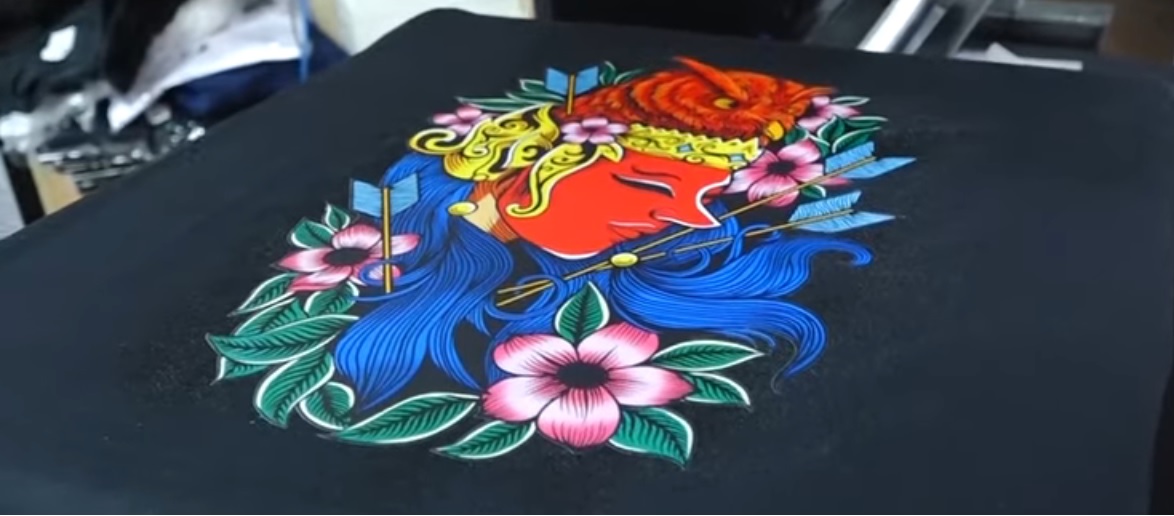
Before we dive into the compatibility of sublimation ink with DTF printing, it's important to understand what DTF printing is and how it works. DTF printing is a new technology that allows for high-quality prints on various fabrics, including cotton. It involves printing a design onto a special film, which is then transferred onto the fabric with the help of heat and pressure.
The process begins with a printer that uses special DTF inks to print the design onto a release paper or film. This release paper is then placed in a heat press, along with the fabric to be printed. The heat press applies heat and pressure, causing the ink to transfer from the release paper to the fabric.
DTF printing has several advantages over other printing methods, especially when it comes to printing on cotton fabrics. The prints produced with DTF printing are vibrant, detailed, and long-lasting. Additionally, DTF printing offers more flexibility and customization options than traditional screen printing, making it ideal for small-scale projects.
The Versatility of Sublimation Ink
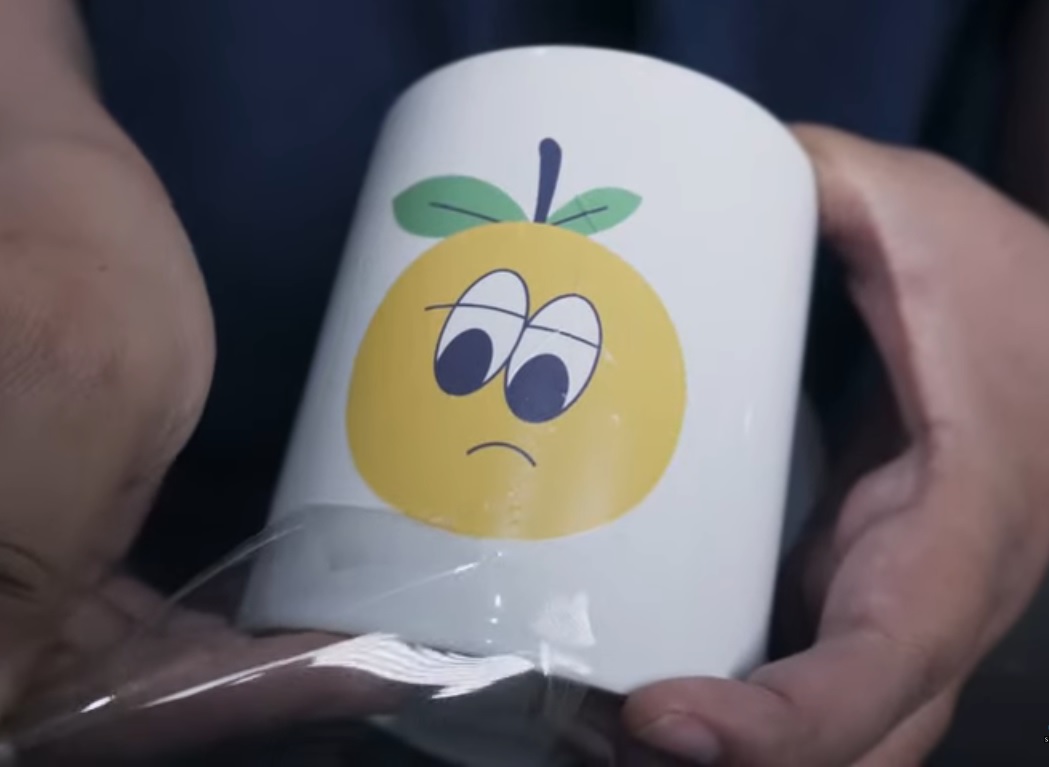
Sublimation ink is a highly versatile type of ink that is used widely in the textile industry. It is known for its ability to produce vibrant and long-lasting prints on polyester-based fabrics. This ink works by converting from a solid to a gas state under heat and pressure, penetrating the fibers of the fabric and creating high-quality prints.
One of the main reasons why sublimation ink is so popular is due to its compatibility with a wide range of polyester-based materials. These include fabrics such as polyester blends, fleece, and even some plastics. This versatility makes it a favorite choice for printing high-quality designs on a variety of products.
Another benefit of sublimation ink is its ability to produce sharp, vivid colors that are resistant to fading and washing. This means that once a design is printed using sublimation ink, it will retain its vibrant colors for a long time, even after multiple washes.
“Sublimation ink is a highly versatile type of ink that is used widely in the textile industry. It is known for its ability to produce vibrant and long-lasting prints on polyester-based fabrics.”
While sublimation ink is primarily designed for use on polyester-based fabrics, it can also be used on other materials, such as ceramic tiles, metal surfaces, and even some types of paper. This versatility makes it a popular choice for industries such as promotional products, where designs need to be printed on a wide range of materials.
In conclusion, sublimation ink is a highly versatile type of ink that produces high-quality prints on a wide range of materials. Its compatibility with polyester-based fabrics has made it a favorite in the textile industry, while its ability to produce vibrant, long-lasting prints has made it popular in other industries as well.
Exploring the Challenges of DTF Printing

While DTF printing offers several benefits, there are also challenges to this method that should be considered. One of the main challenges is the specialized equipment required, such as a printer with white ink capability and a heat press, which can be expensive for small businesses. Additionally, DTF printing often requires a high-quality film for proper adhesion and durability, which can be difficult to find and expensive.
Tip: To overcome these challenges, consider outsourcing your DTF printing to a professional printing service with the necessary equipment and expertise.
Another challenge of DTF printing is achieving the desired level of opacity, especially on darker fabrics. Traditional DTF inks are designed to provide high levels of opacity on cotton fabrics, but achieving the same level of opacity with sublimation ink can be difficult.
In addition, the washability and durability of DTF prints can vary depending on the ink and film used. Some inks and films may not withstand multiple washes or exposure to harsh detergents, leading to fading or peeling. It is important to select high-quality inks and films that are designed to withstand washing and provide long-lasting durability.
Table: Challenges and Solutions of DTF Printing
| Challenge | Solution |
|---|---|
| Specialized equipment required | Outsource to a professional printing service |
| Difficulty achieving opacity on darker fabrics | Use traditional DTF inks or experiment with higher concentrations of sublimation ink |
| Washability and durability of prints | Select high-quality inks and films designed for long-lasting durability and washability |
By understanding and addressing these challenges, businesses can successfully navigate the world of DTF printing and achieve high-quality, long-lasting prints. However, it is important to weigh the benefits and challenges of each printing method to determine the best approach for your specific needs.
Compatibility of Sublimation Ink with DTF Printing
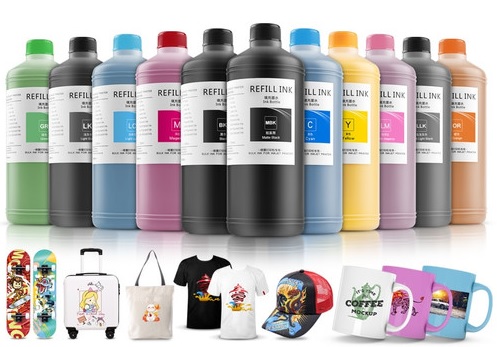
Now, let's address the million-dollar question – can you print DTF with sublimation ink? The answer is not a straightforward yes or no. While sublimation ink can be used with DTF printing, it may not yield the same results as using traditional DTF inks. Sublimation ink is designed to work best on polyester fabrics rather than the cotton-based fabrics commonly used in DTF printing.
If you choose to use sublimation ink for DTF printing, there are factors you need to consider. Firstly, sublimation ink may not provide the same level of opacity as traditional DTF inks, especially on darker fabrics. Secondly, sublimation ink may not adhere as well to the film as other inks specifically made for DTF printing. Lastly, the washability and durability of sublimation prints on cotton fabrics may not be as reliable as with traditional DTF prints.
However, if you still want to experiment with DTF printing using sublimation ink, then there are a few tips you can follow to improve your results. Firstly, consider using a higher concentration of sublimation ink for better color saturation. Secondly, select high-quality DTF films that are designed to work well with sublimation ink. Finally, conduct test prints and experiments to determine the best settings and techniques for achieving satisfactory results.
If the limitations of using sublimation ink for DTF printing are not ideal for your needs, then it's worth exploring alternative printing options. Traditional DTF inks are specifically formulated for cotton-based fabrics and may provide better results in terms of adhesion, opacity, and durability. Additionally, other printing methods, such as screen printing or heat transfer vinyl, may offer viable alternatives for achieving high-quality prints on cotton fabrics.
Ultimately, the decision of whether to use sublimation ink for DTF printing should be based on your specific requirements and the desired outcome. It is always advisable to consult with printing experts who can provide valuable insights and recommendations based on their expertise and experience.
Factors to Consider When Using Sublimation Ink for DTF Printing
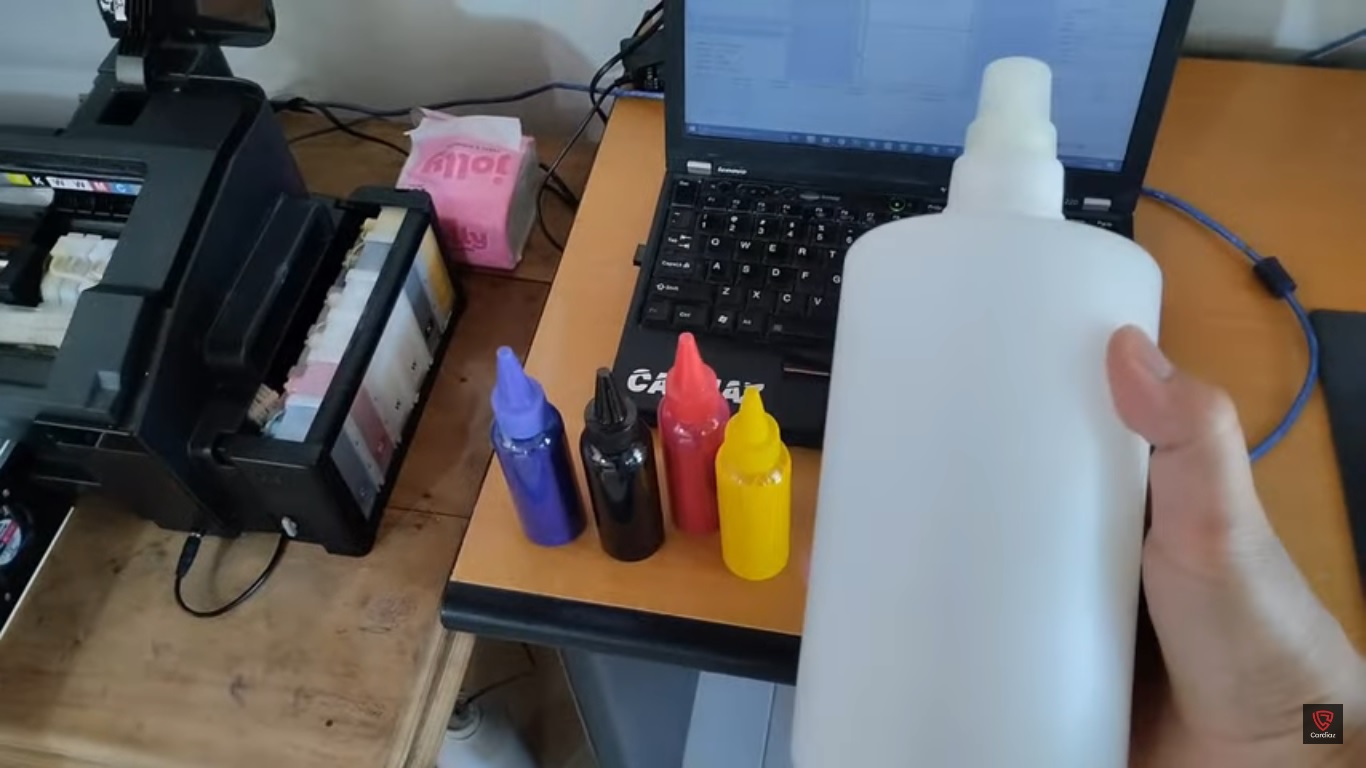
If you are considering using sublimation ink for DTF printing, there are several factors to take into account to ensure satisfactory results. First and foremost, sublimation ink is formulated for use on polyester-based fabrics, and its compatibility with cotton-based fabrics used in DTF printing is limited.
Opacity is another factor to consider when using sublimation ink for DTF printing. Depending on the color and fabric type, sublimation ink may not provide the same level of opacity as traditional DTF inks. This can result in a less vibrant and less visible print on darker fabrics.
Adhesion is also a consideration when using sublimation ink for DTF printing. While sublimation ink can be used on DTF films, it may not adhere as well as other inks formulated specifically for DTF printing. This can lead to issues such as peeling and fading over time.
Additionally, when using sublimation ink for DTF printing on cotton-based fabrics, the washability and durability of the print may not be as reliable as with traditional DTF prints.
To mitigate these challenges, it is recommended to conduct test prints and experiments to determine the best settings and techniques for achieving satisfactory results. It may also be helpful to use a higher concentration of sublimation ink for better color saturation.
Ultimately, the decision of whether to use sublimation ink for DTF printing should be based on your specific requirements and the desired outcome. If the limitations of using sublimation ink are not ideal for your needs, it is worth exploring alternative printing options, such as traditional DTF inks or other printing methods.
Tips for DTF Printing with Sublimation Ink
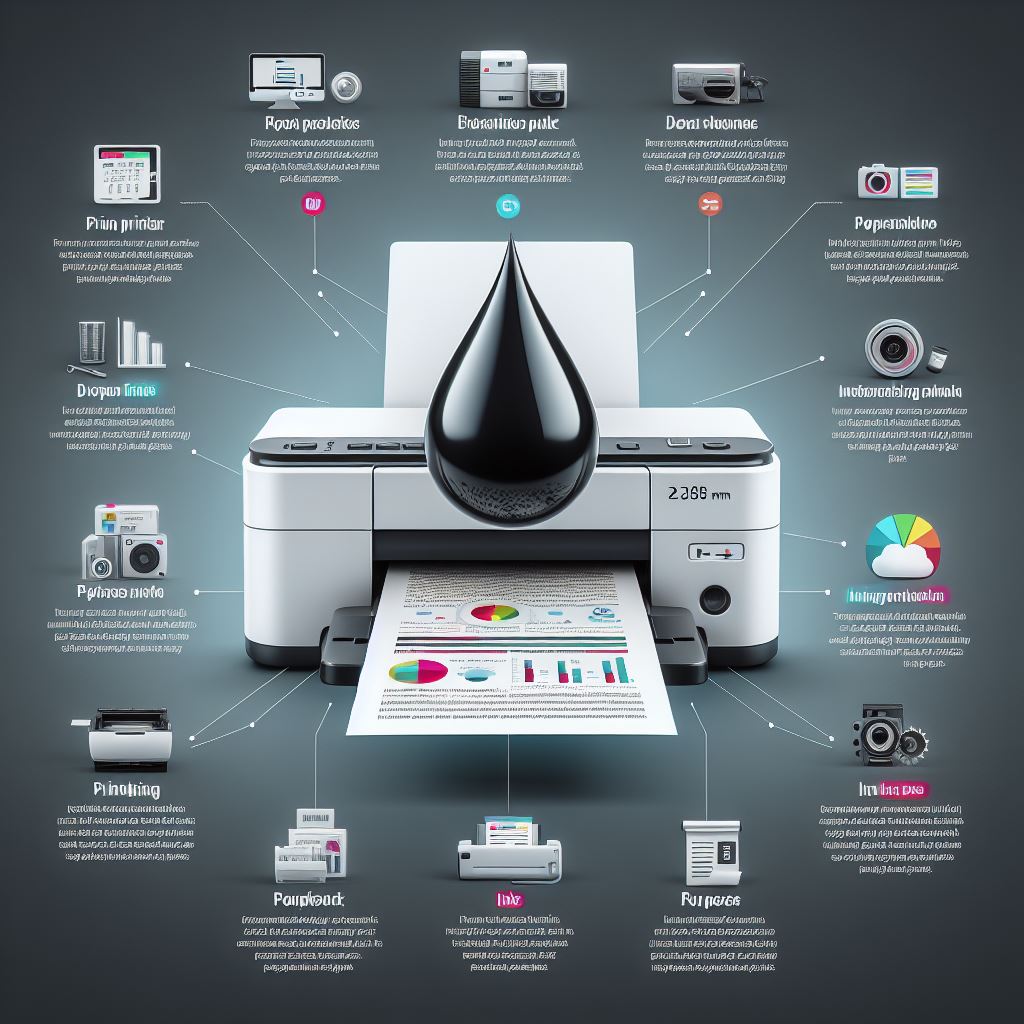
If you're looking to experiment with DTF printing using sublimation ink, here are some tips to help improve your results:
- Use a higher concentration of sublimation ink: This can help achieve better color saturation on cotton fabrics.
- Select DTF films designed to work with sublimation ink: High-quality films can ensure better adhesion and durability of your prints.
- Conduct tests and experiments: This can help you determine the best settings and techniques to achieve satisfactory results.
By following these tips, you may be able to achieve better results when using sublimation ink for DTF printing. Keep in mind that sublimation ink may have limitations when it comes to cotton-based fabrics, so it's always a good idea to consult with printing experts and consider alternative printing options.
Exploring Alternative Printing Options
If using sublimation ink for DTF printing doesn't meet your printing requirements, don't worry, there are alternative options available. Let's take a look at some other printing methods that you can consider:
Traditional DTF Inks
Traditional DTF inks are specifically formulated for cotton-based fabrics and offer better adhesion and opacity than sublimation ink. They are also more durable, making them a better choice for printing designs that will be frequently washed and worn. If you're looking for high-quality prints on cotton fabrics, traditional DTF inks are an excellent option.
Screen Printing
Screen printing is another popular printing method that can produce high-quality prints on cotton fabrics. It involves creating a stencil of the design and then using a mesh screen to apply ink onto the fabric. Screen printing can be used to create both simple and complex designs, and it is an excellent choice for printing large quantities of garments.
Heat Transfer Vinyl
Heat transfer vinyl involves cutting a design out of vinyl material and then applying it to the fabric using a heat press. This method is popular for creating designs with a 3D effect or for adding personalized text to garments. Heat transfer vinyl is particularly useful for printing small quantities or one-off designs.
If you're unsure which printing method is best for your needs, it's always a good idea to consult with printing experts who can provide valuable insights and recommendations. By exploring alternative options, you can find the best method to achieve high-quality prints on cotton fabrics.
Consulting with Printing Experts

If you are unsure about whether sublimation ink is the right choice for your DTF printing needs, it is always best to consult with printing experts. Experienced professionals can offer valuable insights and recommendations based on their expertise and experience.
Printing experts can provide guidance on factors such as ink compatibility, film selection, printing techniques, and more. They can also offer tips on how to optimize your DTF printing process and improve your results.
Consulting with printing experts can save you time, money, and frustration in the long run. They can help you avoid potential problems and ensure that you achieve the best possible outcome for your printing project.
There are many ways to find printing experts, including youtube, online research, social media groups, and industry events. Look for professionals with a proven track record of success and a willingness to answer your questions and provide guidance.
Conclusion
After examining the question of whether it is possible to print DTF designs with sublimation ink, we have come to the conclusion that while it is possible, it may not be the best option. Sublimation ink is primarily designed for use with polyester fabrics, and its compatibility with cotton-based fabrics used in DTF printing is limited. Using sublimation ink for DTF printing may not yield the same results as using traditional DTF inks, particularly in terms of opacity, adhesion, and durability.
If you do decide to experiment with DTF printing using sublimation ink, it is important to consider the challenges, limitations, and alternative printing options. You can consider using a higher concentration of sublimation ink, selecting high-quality DTF films, and conducting test prints to determine the best settings and techniques for achieving satisfactory results. Alternatively, you may want to explore alternative printing methods such as screen printing or heat transfer vinyl.
Ultimately, the decision of whether to use sublimation ink for DTF printing should be based on your specific requirements and desired outcome. Consulting with printing experts can provide valuable insights and recommendations based on their expertise and experience.
Thank you for reading our in-depth analysis of DTF printing with sublimation ink. We hope this article has provided you with the information you need to make an informed decision about your printing needs.
FAQ
Can you print DTF with sublimation ink?
Yes and no. While sublimation ink can be used with DTF printing, it may not yield the same results as using traditional DTF inks. Sublimation ink is designed to work best on polyester fabrics rather than the cotton-based fabrics commonly used in DTF printing.
What is DTF printing?
DTF printing is a relatively new technology that allows for high-quality prints on various fabrics, including cotton. It involves printing a design onto a special film, which is then transferred onto the fabric with the help of heat and pressure.
What are the challenges of DTF printing?
DTF printing typically requires specialized equipment, such as a printer with white ink capability and a heat press. Additionally, the film used in DTF printing needs to be of high quality to ensure proper adhesion and durability.
Is sublimation ink versatile?
Sublimation ink is widely known for its compatibility with polyester-based fabrics. It works by converting from a solid to a gas state under heat and pressure, penetrating the fibers and creating vibrant, long-lasting prints.
What factors should I consider when using sublimation ink for DTF printing?
Firstly, sublimation ink may not provide the same level of opacity as traditional DTF inks, especially on darker fabrics. Secondly, sublimation ink may not adhere as well to the film as other inks specifically made for DTF printing. Lastly, the washability and durability of sublimation prints on cotton fabrics may not be as reliable as with traditional DTF prints.
Any tips for DTF printing with sublimation ink?
If you still want to experiment with DTF printing using sublimation ink, here are some tips to improve your results. Firstly, consider using a higher concentration of sublimation ink for better color saturation. Secondly, select high-quality DTF films that are designed to work well with sublimation ink. Finally, conduct test prints and experiments to determine the best settings and techniques for achieving satisfactory results.
Are there alternative printing options for DTF?
If the limitations of using sublimation ink for DTF printing are not ideal for your needs, it's worth exploring alternative printing options. Traditional DTF inks are specifically formulated for cotton-based fabrics and may provide better results in terms of adhesion, opacity, and durability. Additionally, other printing methods, such as screen printing or heat transfer vinyl, may offer viable alternatives for achieving high-quality prints on cotton fabrics.
Should I consult with printing experts?
Ultimately, the decision of whether to use sublimation ink for DTF printing should be based on your specific requirements and the desired outcome. It is always advisable to consult with printing experts who can provide valuable insights and recommendations based on their expertise and experience.
What is the conclusion?
In conclusion, while it is possible to print DTF designs with sublimation ink, it may not offer the same level of performance and reliability as using traditional DTF inks. Sublimation ink is primarily designed for polyester fabrics, and its compatibility with cotton-based fabrics used in DTF printing is limited. It is important to consider the challenges, limitations, and alternative options before deciding on the best approach for your printing needs.

I'm Morgan, the creator of VPNForMe — a site born from too many hours spent side-eyeing sketchy VPN reviews and buffering videos.
I wanted a place where people could get straight answers about privacy, streaming access, and which VPNs actually deliver — without the hype or tech jargon.
